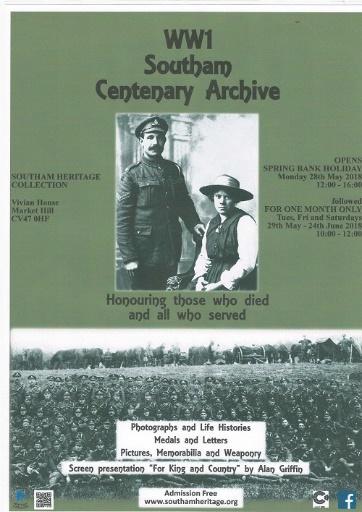NEWSLETTER 14th June 2019
Social Evening on Friday 21st June
hosted by Ilona and David at
Westcote Manor Farm, Edgehill, OX15 6HS
This June our Members and guests are invited to a relaxed buffet with refreshments at Westcote Manor Farm, from 6.30pm to 9.30pm, on our usual third Friday of the month.
Directions.
From Kineton, take the Banbury Road to the top of the Knoll, past the Castle Inn in Edgehill on the right and continue out of the village for about half a mile, until the isolated cottages and private lane appear on the right. (If you reach the T junction with the A422 Stratford Road you have overshot by about 200m). Take the single-track lane, after a few hundred metres it dives down a very steep hill through a wood (no passing places). At the hairpin bend at the bottom bear right. Keep going for a couple of hundred metres to the stable and barn, opposite which will be a signed car park in the field on the left. The house is down the track another 50 metres.
Your satnav (OX15 6HS) will probably get you most of the way but tends to leave you with our neighbours at Westcote Manor. To avoid this be sure to keep right at the hairpin at the bottom of the steep single-track through the wood.
Adventurous members who would like to stroll in the fields (over the remains of Westcote deserted medieval village) are advised to wear suitable footwear.
If the steps to our house could present a difficulty there is access via a grassy ramp but surfaces etc can be rural and uneven.
To help us with catering etc, if you intend to come and if you hadn’t already signed up at the May meeting, could you please reply to this email or phone 01295 670675 or 01295 670516, preferably by Wednesday evening.
We look forward to seeing you, and hope for a fine evening in all senses!
Ilona and David
Summer Outings 2019
CHIPPING CAMPDEN 10.30am Saturday July 13th
Meet at at the Chipping Campden Market Hall for guided walk Cost £5.00
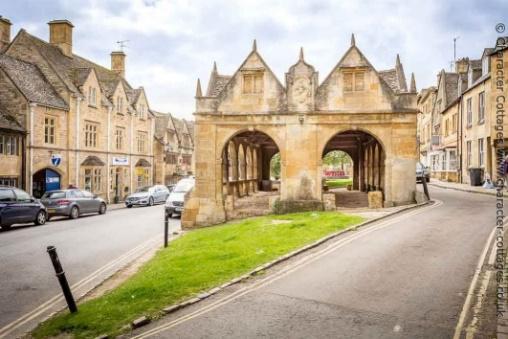 Pre Chipping Campden : Cotswold Stone, Chipping Camden 1
Pre Chipping Campden : Cotswold Stone, Chipping Camden 1
Romans, Saxons , Normans, Domesday book, the start of “Chipping”,
Medieval: wool trade, growth of Campden
( architectural changes to the houses ) , –
Grevil House 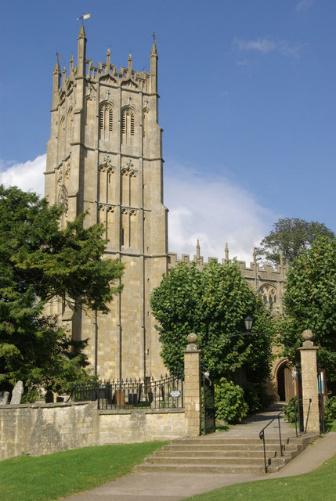 and Woolstaplers House
and Woolstaplers House
17th Century : Baptist Hicks, Campden House,
Banqueting Houses, Almhouses, Market Hall
Civil War , visit to St. James’ church
18th and 19th Century – Inclosure Act; Silk Mill. Palladian Architecture changes
Early 20th Century – Arts and Crafts in Campden visit to Silversmiths ,
IRONBRIDGE GORGE
All Day Coach Trip Saturday 10th August
Meet at 8.45am St Peter’s Church, Kineton Cost £32.00 includes all entrance fees
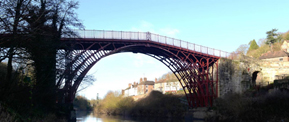
We will visit the Coalbrookdale Musem of Iron, Blists Hill Victorian Town, the iconic bridge itself and other historic industrial sites in Ironbridge Gorge.
The Severn valley from Coalbrookdale to Coalport is one of the firsy UK monuments to be inscribed as a World Heritage Site, as a cradle of the Industrial revolution.
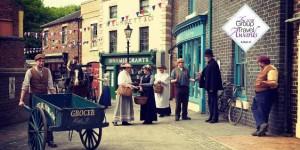 Blists Hill Victorian Town is a recreation of a 19th century
Blists Hill Victorian Town is a recreation of a 19th century
industrial settlement, inhabited by re-enactors. It has many catering and shopping opportunities.
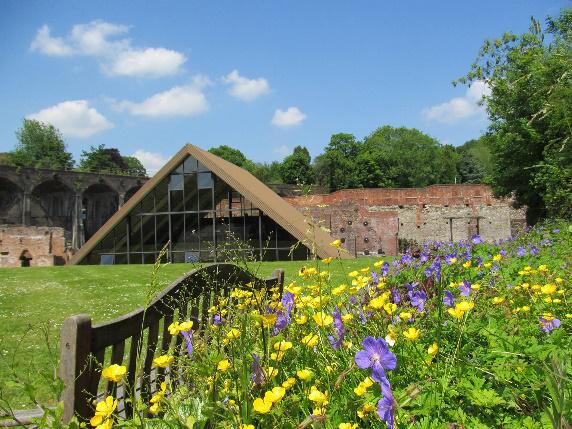 All sites have disabled access except for the upper floor of the Toll House near the bridge
All sites have disabled access except for the upper floor of the Toll House near the bridge
If you have not already signed up and you wish to join either of these outings please contact Isobel Gill on 01926 640426 or email: isobel.mirador.gill@gmail.com or reply to this Newsletter email
Report on the 15th May meeting. Our last meeting was billed as a double act by Martin Russell and Tony McKay entitled “Unravelling the Cropredy Campaign 1644”, but in the event we were treated to a passionate solo exposition by Martin who described the Civil War skirmishes along the Cherwell. Martin detailed the characters and numbers involved, and the strategic and tactical motives behind the separate armies’ moves. His research offered a radical reinterpretation, based on an intimate study of the terrain, which included a scale model of the relief and roads, coupled with a detailed examination of the contemporary written accounts.
The topic chimed with the Civil War Loss Accounts Transcription project, which in my last newsletter I mistakenly credited to the Warwickshire Record Office, but which was initiated by, and is led by Dr Maureen Harris, with funding from the Dugdale Society supported by the Friends of Warwickshire County Record Office, with the assistance of the Record Office itself. We look forward to the eventual Dugdale Society publication of the transcriptions, edited by Maureen.
Other Events.
Warmington Heritage Group
Thursday June 20th 2019 7.30pm
Warmington Village Hall
The Wroxton Mineral Railway
By Chris Hone
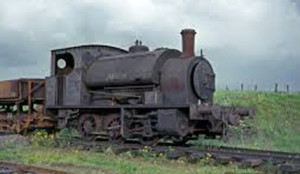
Chris has recently published a book about the railway and will give an illustrated talk followed by an opportunity to walk part of the tracks on the following Saturday.
Members free, visitors £2, or join us for £10 a year.
World War 2 Oral Histories. A website founded by broadcaster and historian, Dan Snow, and author and broadcaster, James Holland, WarGen (http://wargen.org) is a crowd-sourced online repository of oral-history from the people who lived through World War 2. As well as containing varied stories from this fast disappearing generation, this group is now looking for individuals to join their volunteer team as interviewers in their local communities. They are also eager to hear from people who might have their own stories to tell. If you are interested in either becoming an interviewer or sharing your story, please contact Shane Greer at shane@wargen.org
Heritage and Culture Warwickshire (HCW) has just launched a new project called Warwickshire Bytes. The project has several strands – all digital. HCW are inviting people to get involved with online indexing of documents held at the County Record Office, starting with court depositions from the 19th and early 20th century. No prior knowledge is necessary and full support is given. Another aspect is Warwickshire in 100 objects and stories. HCW are asking people to contribute objects and stories to the Our Warwickshire website so they can create a People’s History of the county. Click here for more information:
Monday 24 June Leamington History Group, Dormer Conference Centre, Dormer Place, 7.30pm: Sheila Woolf on Here Come the Girls.
KDLHG Committee Matters.
The next Committee meeting is on Monday 1st of July at 7.30pm, again at Catherine’s home.
.
DF 14.06. 2019
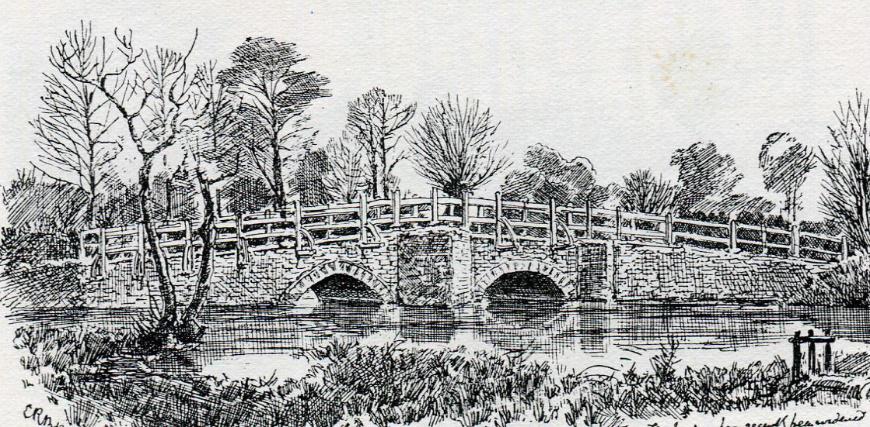 forces fought a series of skirmishes in the Cherwell valley above Banbury. The title of the talk suggests that there was more to this exchange than the traditional label would imply, so we look forward to hearing what Martin and Tony have unearthed about this action. The topic chimes with the Warwickshire Record Office initiative to transcribe the claims for compensation following the Civil Wars – local parish returns are currently being transcribed by several of our members.
forces fought a series of skirmishes in the Cherwell valley above Banbury. The title of the talk suggests that there was more to this exchange than the traditional label would imply, so we look forward to hearing what Martin and Tony have unearthed about this action. The topic chimes with the Warwickshire Record Office initiative to transcribe the claims for compensation following the Civil Wars – local parish returns are currently being transcribed by several of our members.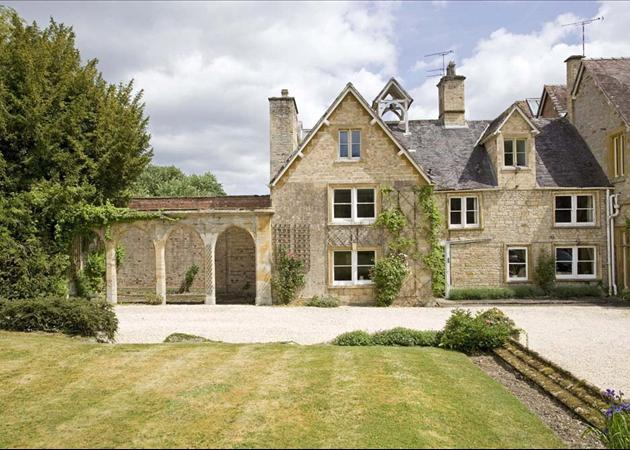
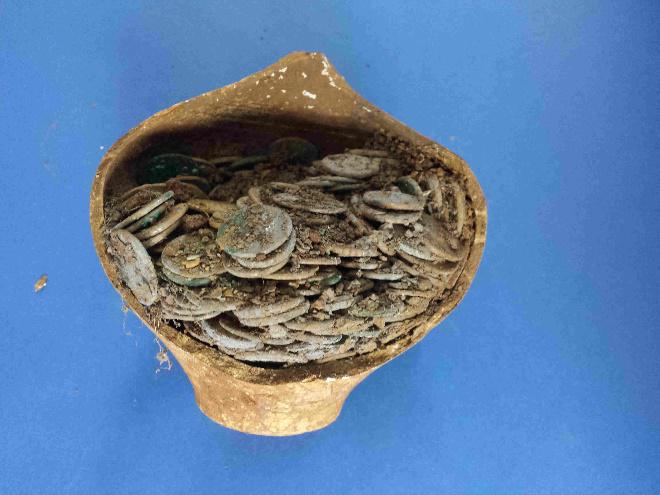
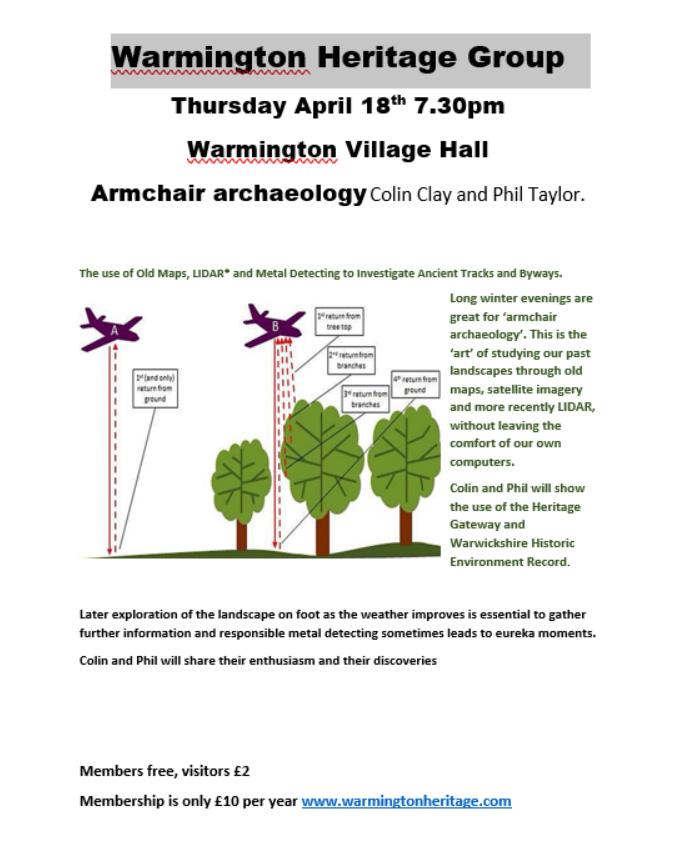
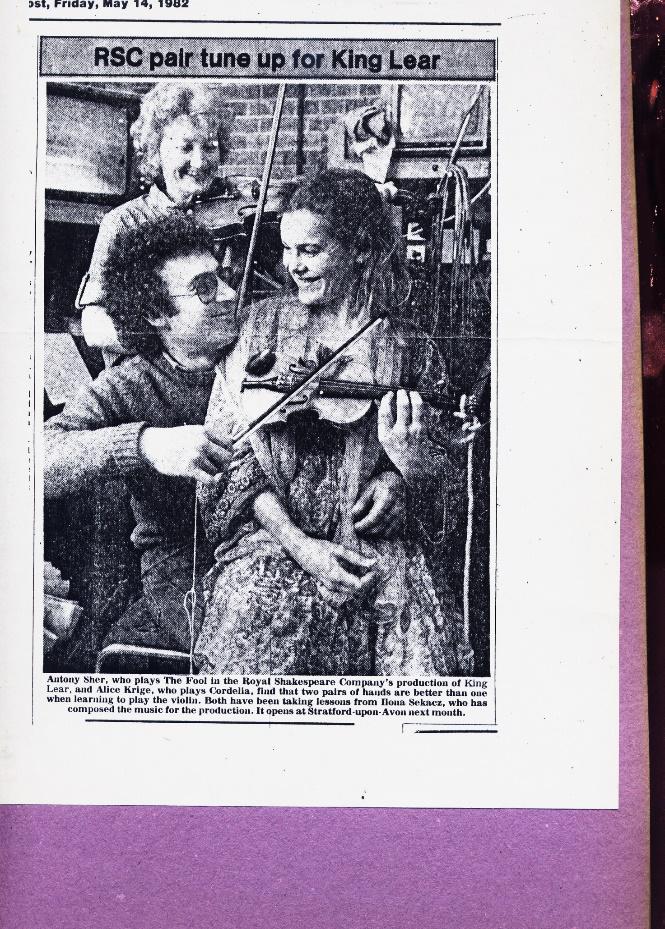 emphasise or comment on the action, like the diminishing status of the fanfares and flourishes introducing King Lear’s entrances as his own standing declined. And in the same play the healing property ascribed to string music is used to treat Lear after the battle scene. We still use the phrase “If music be the food of love…” The music and sound in a dramatic production must contribute to the director’s vision, although Ilona acknowledged that actually when writing she believes that the music is, obviously, the most important element of the production! Considerable ingenuity might be required, for instance to accommodate non-singing actors who have songs in their roles, or alternatively, to write new material for accomplished singers, while enhancing the purpose of the production. Ilona illustrated some of the innovative ways she has made sounds, particularly the “prepared piano” when objects are laid on the strings or the strings are abused in various ways to produce new sounds (a Wigmore Hall piano may still contain a steel ball-bearing lost in one such session!). Her own experience as a violinist sometimes influenced her solutions: using an unplugged electric violin to give a thin and tremulous tone in the film Solomon and Gaynor, or a re-tuned three-quarter violin, used by Tony Sher like a ukele as the fool in King Lear. Ilona left us wanting to know more as she tantalisingly skipped through a dozen or so fascinating-looking slides without comment, except that she was running out of time, perhaps appropriately for a talk with metronome in the title. Gill Ashley-Smith led the vote of thanks for Ilona’s insights into a successful professional career, pointing out how little, sometimes, one knows about familiar people in our own community.
emphasise or comment on the action, like the diminishing status of the fanfares and flourishes introducing King Lear’s entrances as his own standing declined. And in the same play the healing property ascribed to string music is used to treat Lear after the battle scene. We still use the phrase “If music be the food of love…” The music and sound in a dramatic production must contribute to the director’s vision, although Ilona acknowledged that actually when writing she believes that the music is, obviously, the most important element of the production! Considerable ingenuity might be required, for instance to accommodate non-singing actors who have songs in their roles, or alternatively, to write new material for accomplished singers, while enhancing the purpose of the production. Ilona illustrated some of the innovative ways she has made sounds, particularly the “prepared piano” when objects are laid on the strings or the strings are abused in various ways to produce new sounds (a Wigmore Hall piano may still contain a steel ball-bearing lost in one such session!). Her own experience as a violinist sometimes influenced her solutions: using an unplugged electric violin to give a thin and tremulous tone in the film Solomon and Gaynor, or a re-tuned three-quarter violin, used by Tony Sher like a ukele as the fool in King Lear. Ilona left us wanting to know more as she tantalisingly skipped through a dozen or so fascinating-looking slides without comment, except that she was running out of time, perhaps appropriately for a talk with metronome in the title. Gill Ashley-Smith led the vote of thanks for Ilona’s insights into a successful professional career, pointing out how little, sometimes, one knows about familiar people in our own community.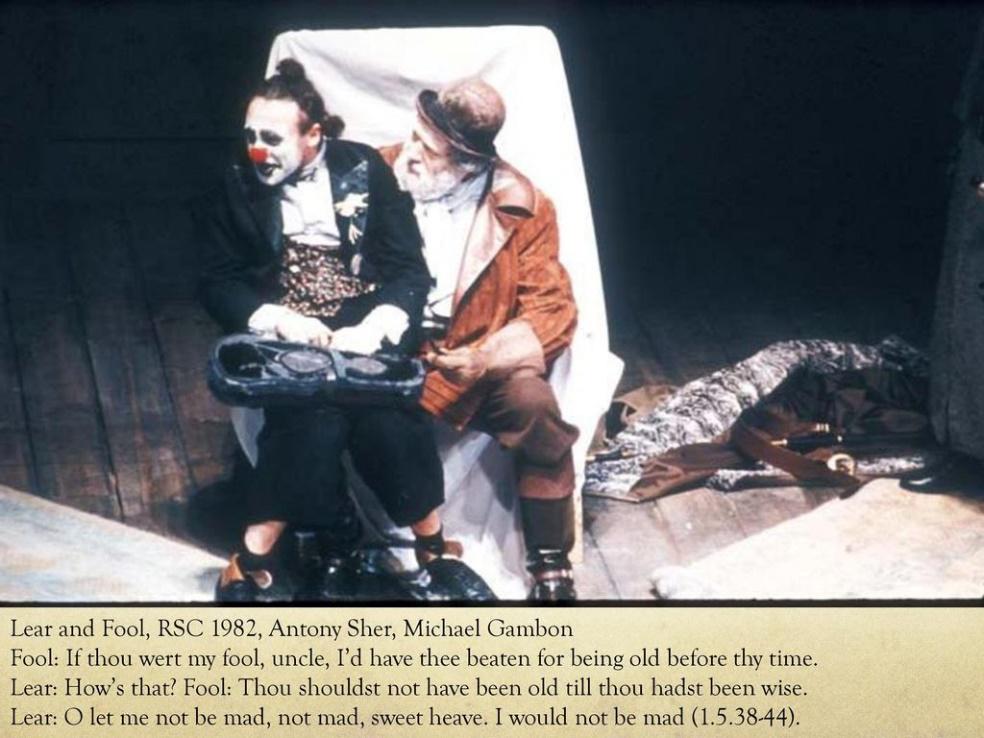 The forthcoming K&DLHG meeting is on 15th February when our member Ilona Sekacz will give us a talk entitled The Pit and the Metronome: writing music for Shakespeare. Ilona will draw on over 35 years of experience writing music for the theatre, TV, public events and films, concentrating on her long association with the RSC and the changes she has seen (and heard), caused in part by technological advances. She will describe her experience of working with innovative directors and actors, and the role of music and sound in shaping their visions of Shakespeare’s dramas. Ilona has seen many changes, from composing with pencil on manuscript paper and cutting and splicing magnetic tape, to computers which access virtually endless resources and manipulations. We look forward to hearing, literally, how our local national theatre company has approached the use of music in Shakespeare productions.
The forthcoming K&DLHG meeting is on 15th February when our member Ilona Sekacz will give us a talk entitled The Pit and the Metronome: writing music for Shakespeare. Ilona will draw on over 35 years of experience writing music for the theatre, TV, public events and films, concentrating on her long association with the RSC and the changes she has seen (and heard), caused in part by technological advances. She will describe her experience of working with innovative directors and actors, and the role of music and sound in shaping their visions of Shakespeare’s dramas. Ilona has seen many changes, from composing with pencil on manuscript paper and cutting and splicing magnetic tape, to computers which access virtually endless resources and manipulations. We look forward to hearing, literally, how our local national theatre company has approached the use of music in Shakespeare productions.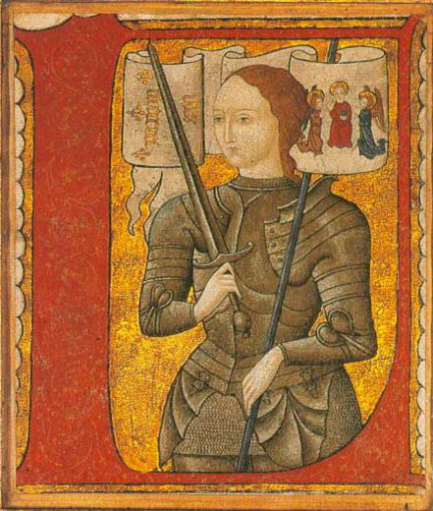 Arc
Arc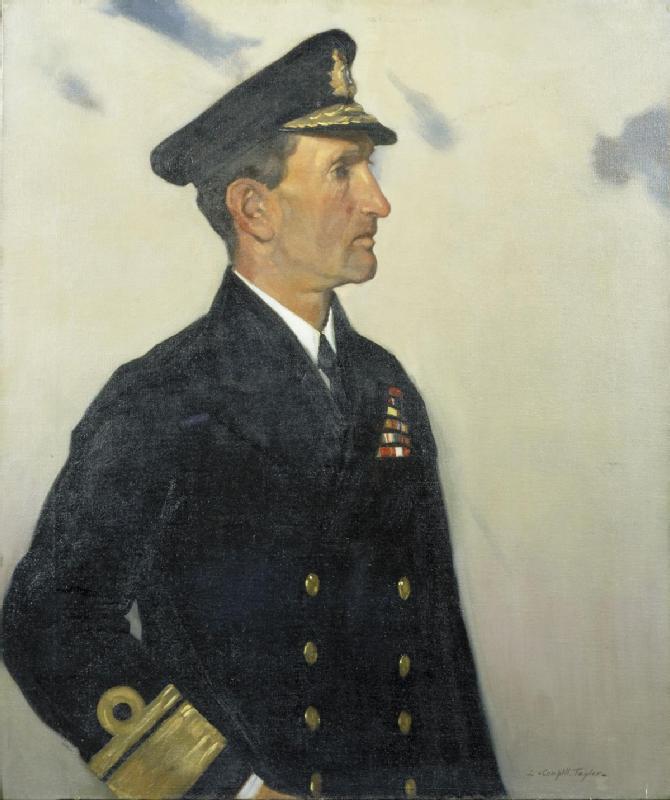 remembered in Kineton not only through his last residence “Admiral’s House” in Bridge Street, but also his solemn funeral through Kineton in 1956. He saw action in the Royal Navy fairly continuously from the late 1880s, including in the Boer War, WWI, and in interwar duties around the Baltic, and then in WWII, in his 70s, with the commandos. We look forward to hearing from David more about our most illustrious military hero, whose banner still hangs in St Peter’s Church.
remembered in Kineton not only through his last residence “Admiral’s House” in Bridge Street, but also his solemn funeral through Kineton in 1956. He saw action in the Royal Navy fairly continuously from the late 1880s, including in the Boer War, WWI, and in interwar duties around the Baltic, and then in WWII, in his 70s, with the commandos. We look forward to hearing from David more about our most illustrious military hero, whose banner still hangs in St Peter’s Church.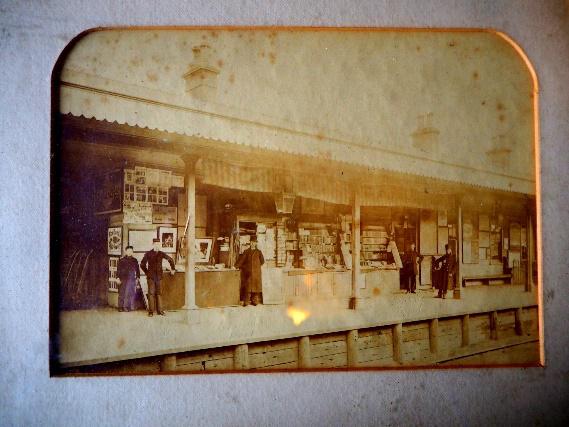 Camp. This had been a PoW camp during the war (Camp 31) and a stone has been found inscribed “2 PoW Camp 31 1943 Andernach” built into a local farmyard. George put the experience of some of the Polish fighters and their families in the aftermath of WWII into context. The pictures of the camp and the interiors of the nissen huts and temporary buildings vividly showed the way families made the most of the conditions. In the camps Polish national dress and language were fostered, and George demonstrated that he still spoke Polish. It was a surprise to hear that there is still a resettlement camp with inhabitants who have not intergrated into the British community. Peter Waters followed, with reminiscences of his family’s Chislehurst bookselling business dating back to the mid 19th century. After a brief genealogical survey Peter donned a variety of hats to enact a series of apparently real dialogues between customers and
Camp. This had been a PoW camp during the war (Camp 31) and a stone has been found inscribed “2 PoW Camp 31 1943 Andernach” built into a local farmyard. George put the experience of some of the Polish fighters and their families in the aftermath of WWII into context. The pictures of the camp and the interiors of the nissen huts and temporary buildings vividly showed the way families made the most of the conditions. In the camps Polish national dress and language were fostered, and George demonstrated that he still spoke Polish. It was a surprise to hear that there is still a resettlement camp with inhabitants who have not intergrated into the British community. Peter Waters followed, with reminiscences of his family’s Chislehurst bookselling business dating back to the mid 19th century. After a brief genealogical survey Peter donned a variety of hats to enact a series of apparently real dialogues between customers and  booksellers. These ranged from being asked to act as a creche, to being berated for not selling things other than books. I enjoyed the idea that signed copies of Shakespeare or even the Bible might be available. If only! Peter’s fine performance caught the absurdity of some bookshop conversations.
booksellers. These ranged from being asked to act as a creche, to being berated for not selling things other than books. I enjoyed the idea that signed copies of Shakespeare or even the Bible might be available. If only! Peter’s fine performance caught the absurdity of some bookshop conversations.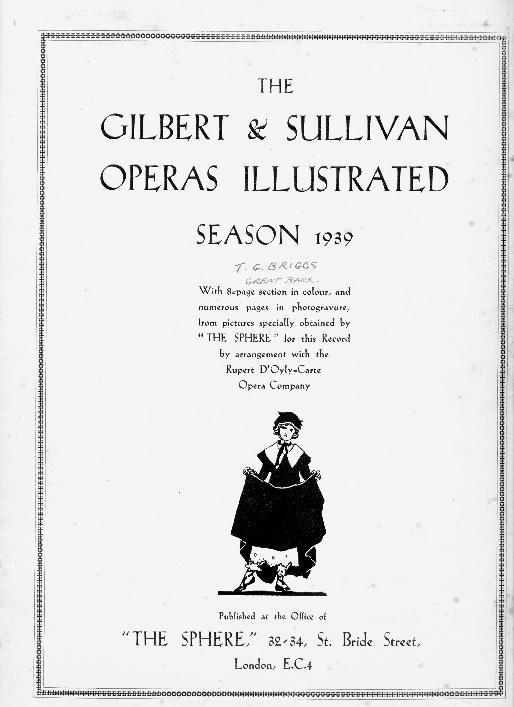 execute himself before he can execute anybody else. Bob gave us a moving rendition of “Tit willow, tit willow, tit willow”. Having reduced us to tears, he stiffened our sinews with The Yeoman of the Guard. Gilbert’s lyrics satirising the politics and mores of the late 19th century seemed strangely relevant to our contemporary situation, with many a sage head nodding as parliament, and peers of the realm, got the Gilbert treatment in Bob’s fine and individual account of the songs.
execute himself before he can execute anybody else. Bob gave us a moving rendition of “Tit willow, tit willow, tit willow”. Having reduced us to tears, he stiffened our sinews with The Yeoman of the Guard. Gilbert’s lyrics satirising the politics and mores of the late 19th century seemed strangely relevant to our contemporary situation, with many a sage head nodding as parliament, and peers of the realm, got the Gilbert treatment in Bob’s fine and individual account of the songs.
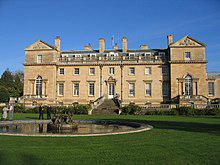 Moreton Morrell. The Hall has already featured in a number of our evenings, most recently in John Berkeley’s description of its requisition by a unit of the Czechoslovak Field Artillery in WWII. Brian’s position as a long serving member of staff at the Agricultural College, which now occupies the Hall and its estate, has given him an insider’s view of its development, and he has been writing the official history. The Hall was built by an American businessman, Charles Tuller Garland in 1906, one of several American owned houses in the area – namely Ashorne House and the short lived Moreton Paddox. Moreton Hall was luxurious, with silver door-furniture, marble bathrooms, and large oak panelled rooms. The female servants lived in the attics, the male servants in the basement. The gardens around the house included a rose garden, a cascade and pond, a tea house, a sunken garden and extensive walks. A polo ground occupied part of the estate and international polo stars played there. The estate supported a working farm, and after being sold in 1939 and then requisitioned by the military in WWII, it became an agricultural college. In the audience were past and present members of staff, as well as ex-students, and they contributed anecdotes and reminiscences during the questions session. Brian Lewis remembered the marble bathroom; and the billiard room’s later function as the student bar seemed to hold fond memories too. The recent diversification as a conference and wedding venue may have saved some of the college assets from the
Moreton Morrell. The Hall has already featured in a number of our evenings, most recently in John Berkeley’s description of its requisition by a unit of the Czechoslovak Field Artillery in WWII. Brian’s position as a long serving member of staff at the Agricultural College, which now occupies the Hall and its estate, has given him an insider’s view of its development, and he has been writing the official history. The Hall was built by an American businessman, Charles Tuller Garland in 1906, one of several American owned houses in the area – namely Ashorne House and the short lived Moreton Paddox. Moreton Hall was luxurious, with silver door-furniture, marble bathrooms, and large oak panelled rooms. The female servants lived in the attics, the male servants in the basement. The gardens around the house included a rose garden, a cascade and pond, a tea house, a sunken garden and extensive walks. A polo ground occupied part of the estate and international polo stars played there. The estate supported a working farm, and after being sold in 1939 and then requisitioned by the military in WWII, it became an agricultural college. In the audience were past and present members of staff, as well as ex-students, and they contributed anecdotes and reminiscences during the questions session. Brian Lewis remembered the marble bathroom; and the billiard room’s later function as the student bar seemed to hold fond memories too. The recent diversification as a conference and wedding venue may have saved some of the college assets from the 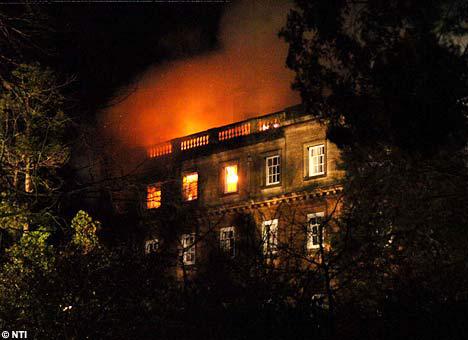 disastrous 2008 fire, which gutted most of the Hall. Many college functions, including the library, had by then been dispersed to other estate buildings. The exterior has been restored and plans are afoot to reconstruct the interior over the next few years. Brian Lewis gave Brian (Morgan) our thanks for illuminating the history of a building and institution on our doorstep, and which has influenced so many of our members’ subsequent careers.
disastrous 2008 fire, which gutted most of the Hall. Many college functions, including the library, had by then been dispersed to other estate buildings. The exterior has been restored and plans are afoot to reconstruct the interior over the next few years. Brian Lewis gave Brian (Morgan) our thanks for illuminating the history of a building and institution on our doorstep, and which has influenced so many of our members’ subsequent careers.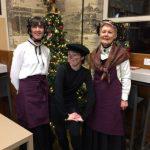

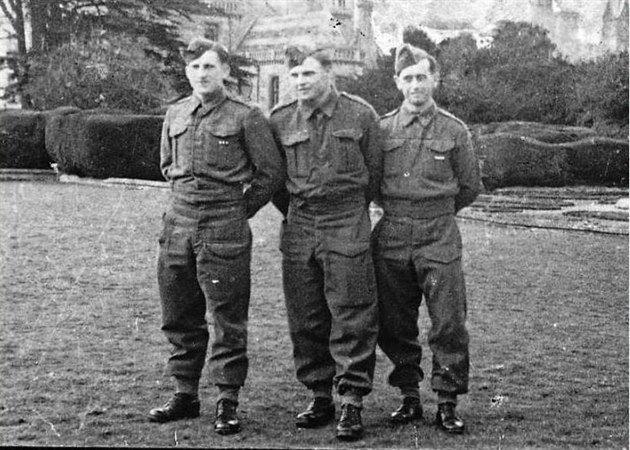 of individuals from their villages in eastern Czechoslovakia, John recounted their tortuous routes to England to escape the Nazi persecution about to overtake their homeland. The British military facilitated the evacuation of 4,000 Czechoslovak army volunteers from the south of France via Gibraltar. Once here, as the Czechoslovak Free Army, they moved around the country, training in Scotland, at Cholmondeley in Cheshire, and sent to duties in Seaton in Devon, Leigh on Sea, Lowestoft and Harwich. Their quarters around south Warwickshire included Leamington, Moreton Paddox, Moreton Morrell, Butlers Marston, Walton Hall, and Kineton.
of individuals from their villages in eastern Czechoslovakia, John recounted their tortuous routes to England to escape the Nazi persecution about to overtake their homeland. The British military facilitated the evacuation of 4,000 Czechoslovak army volunteers from the south of France via Gibraltar. Once here, as the Czechoslovak Free Army, they moved around the country, training in Scotland, at Cholmondeley in Cheshire, and sent to duties in Seaton in Devon, Leigh on Sea, Lowestoft and Harwich. Their quarters around south Warwickshire included Leamington, Moreton Paddox, Moreton Morrell, Butlers Marston, Walton Hall, and Kineton.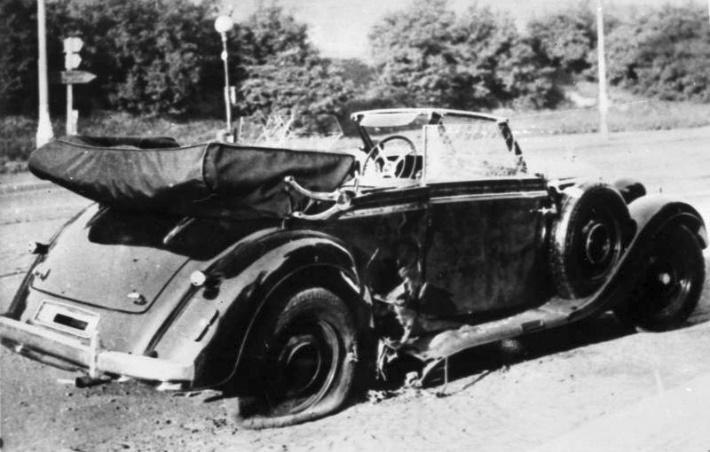
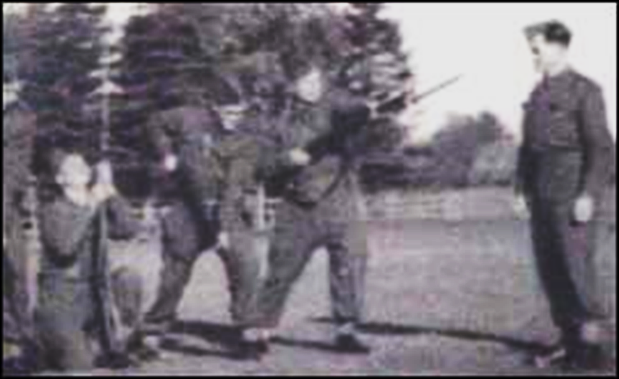 and Kineton were all used by to house Czech refugees and soldiers. In 1940 exiled soldiers of the Free Czechoslovak Army were secretly trained in Warwickshire for a mission to assassinate the SS Deputy Chief.
and Kineton were all used by to house Czech refugees and soldiers. In 1940 exiled soldiers of the Free Czechoslovak Army were secretly trained in Warwickshire for a mission to assassinate the SS Deputy Chief. 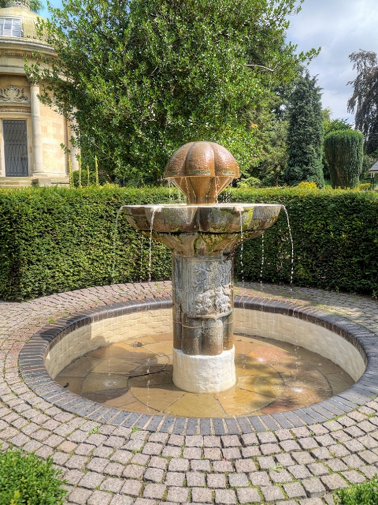
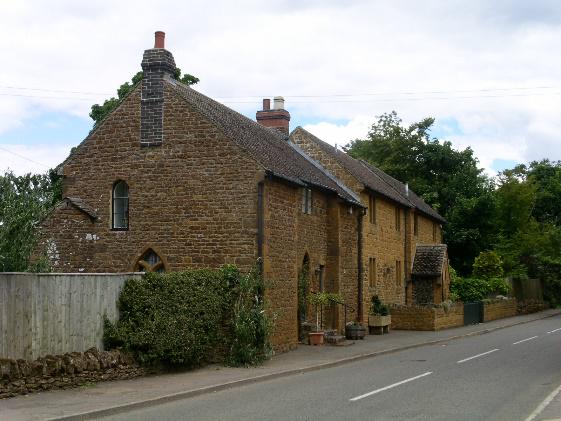
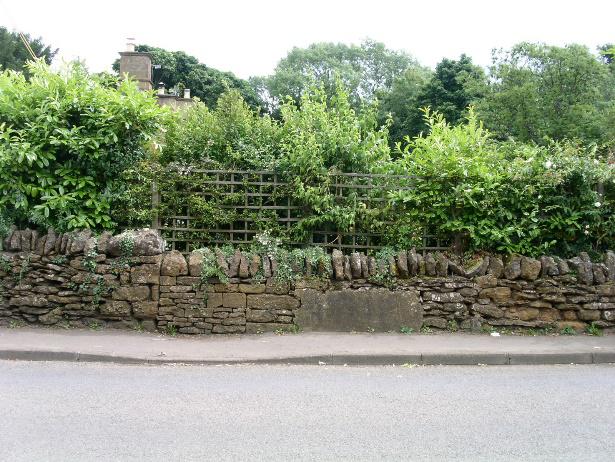 from Sanderson Miller’s 18th-century picturesque tower and ruins, through the vandalism of the last century, to explain what remains today. Apart from the tower, all that survives of what first attracted visitors to the spot are three stones on the corner of a drive and the very tidied-up and extended Egge Cottage. Andrew surprised us by listing and mapping a total of seven tea gardens in the village itself and two more, one on the Knoll and another at Sunrising House. In the late 19th until the mid- 20th century these thriving businesses catered for hundreds of sightseers arriving by coaches charabancs, carriages, bicycles and car. We saw an ad. for cheap train excursions from London to Edgehill in 1902. The biggest establishment, run by Mr Griffin, was simply known as “The Edgehill Tea Garden”. It hosted events such as the dance in 1904 attended by more than 60 people, including the enthusiastic vicar, with dancing from 8.00pm to 1.00am. Larger still, and certainly more radical, was the 1890 meeting of several hundred liberal supporters – “separatists” in the press reports – harangued by an MP and our own Bolton King. Ratley Grange had a post-office, a butchers, a grocers, a baker, the inn and the quarry. As Andrew pointed out we owe much of our knowledge of Edgehill’s past and its flourishing tourist trade to photographers making commercial postcards but unwittingly recording its now lost glories. The current incarnation of the Castle Inn is the successor of the vibrant activities now represented by faded paint on a gate pillar, an urn in a private garden, a carved fleur de lis mounted upside down as an angel and a length of dropped kerb. Andrew was congratulated by Rachel Mander on his research, and his informal, lively presentation of part of the relatively recent past that has all but disappeared.
from Sanderson Miller’s 18th-century picturesque tower and ruins, through the vandalism of the last century, to explain what remains today. Apart from the tower, all that survives of what first attracted visitors to the spot are three stones on the corner of a drive and the very tidied-up and extended Egge Cottage. Andrew surprised us by listing and mapping a total of seven tea gardens in the village itself and two more, one on the Knoll and another at Sunrising House. In the late 19th until the mid- 20th century these thriving businesses catered for hundreds of sightseers arriving by coaches charabancs, carriages, bicycles and car. We saw an ad. for cheap train excursions from London to Edgehill in 1902. The biggest establishment, run by Mr Griffin, was simply known as “The Edgehill Tea Garden”. It hosted events such as the dance in 1904 attended by more than 60 people, including the enthusiastic vicar, with dancing from 8.00pm to 1.00am. Larger still, and certainly more radical, was the 1890 meeting of several hundred liberal supporters – “separatists” in the press reports – harangued by an MP and our own Bolton King. Ratley Grange had a post-office, a butchers, a grocers, a baker, the inn and the quarry. As Andrew pointed out we owe much of our knowledge of Edgehill’s past and its flourishing tourist trade to photographers making commercial postcards but unwittingly recording its now lost glories. The current incarnation of the Castle Inn is the successor of the vibrant activities now represented by faded paint on a gate pillar, an urn in a private garden, a carved fleur de lis mounted upside down as an angel and a length of dropped kerb. Andrew was congratulated by Rachel Mander on his research, and his informal, lively presentation of part of the relatively recent past that has all but disappeared.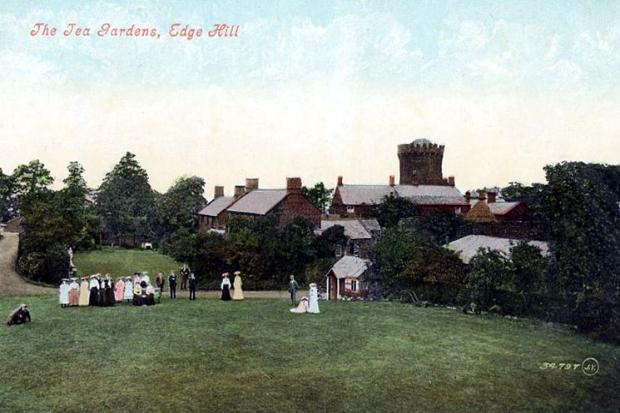
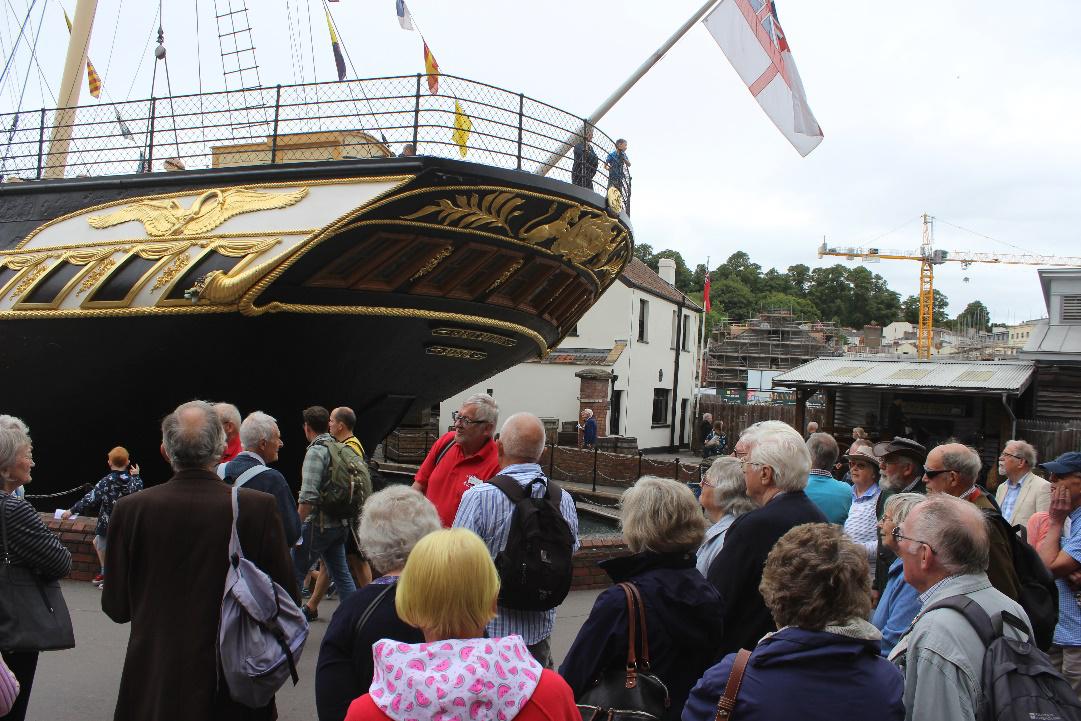 This was a clever illusion, and we were able to walk down under the shimmering surface to admire her splendid bottom. The guides had given us a brief history, explaining that the interior was reconstructed to reflect two of the main episodes of her chequered career, the stern half reproducing the brief luxury of its intended purpose as an ocean liner on the transatlantic route, and the forward
This was a clever illusion, and we were able to walk down under the shimmering surface to admire her splendid bottom. The guides had given us a brief history, explaining that the interior was reconstructed to reflect two of the main episodes of her chequered career, the stern half reproducing the brief luxury of its intended purpose as an ocean liner on the transatlantic route, and the forward 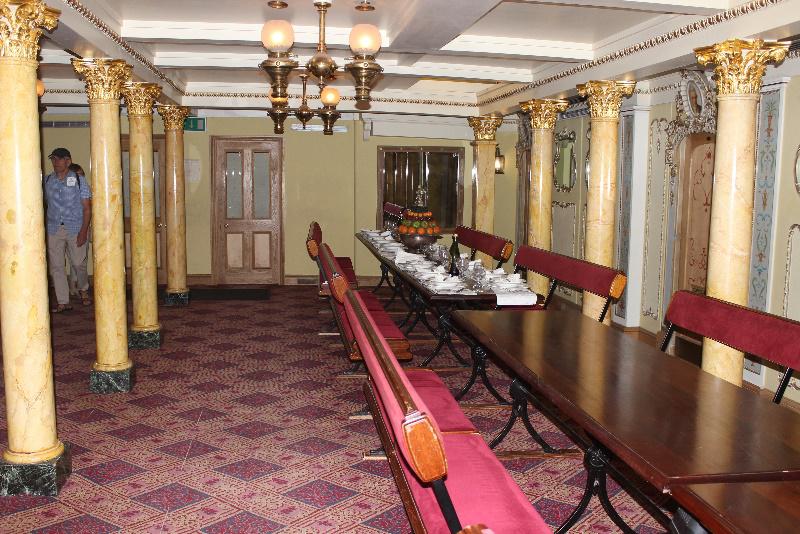 areas giving an insight into its subsequent use as a migrant ship taking hopeful gold prospectors and emigrants to Australia.
areas giving an insight into its subsequent use as a migrant ship taking hopeful gold prospectors and emigrants to Australia.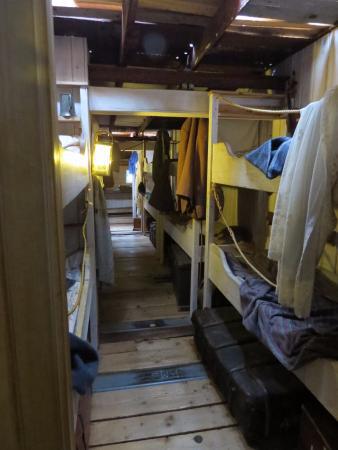 The contrast was obvious, a stark difference between the original accommodation for less than 200 transatlantic passengers and the later modifications to house 600-plus emigrants. There remained a class distinction however, as a white line marked the limit of 2nd and 3rd class passengers’ access to the aft deck above the 1st class saloon.
The contrast was obvious, a stark difference between the original accommodation for less than 200 transatlantic passengers and the later modifications to house 600-plus emigrants. There remained a class distinction however, as a white line marked the limit of 2nd and 3rd class passengers’ access to the aft deck above the 1st class saloon.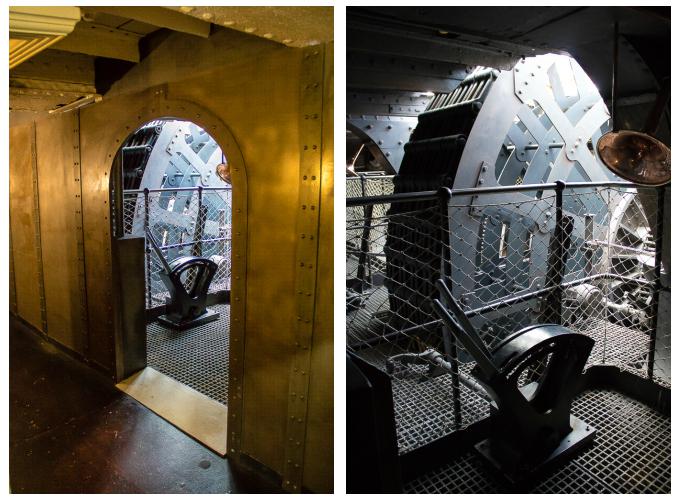
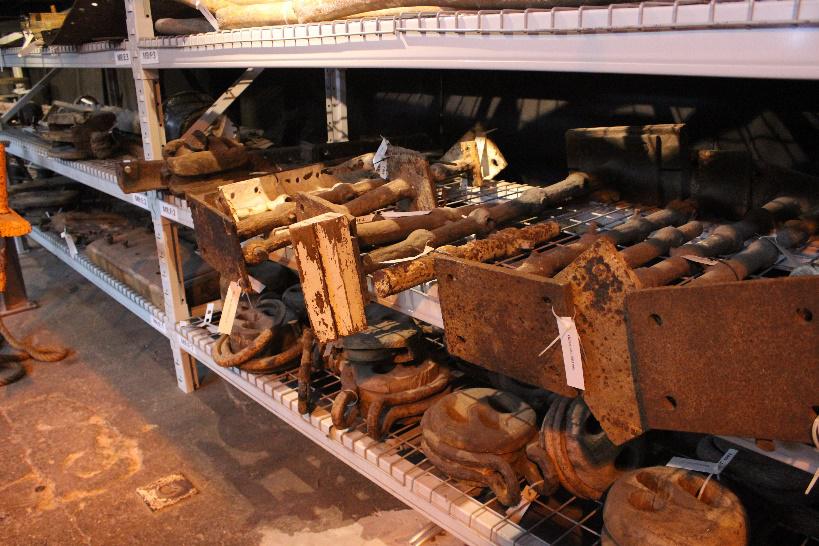
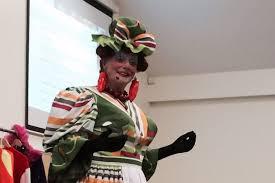 where you can watch Richard Westcott transform himself from Dapper Gentleman to Dame Matilda
where you can watch Richard Westcott transform himself from Dapper Gentleman to Dame Matilda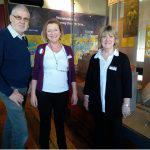
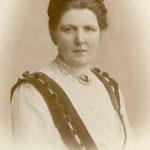 Family historian Jennifer Cranfield talks about her great aunt, who was one of the few women suffragists who spoke on a national platform. £7.50
Family historian Jennifer Cranfield talks about her great aunt, who was one of the few women suffragists who spoke on a national platform. £7.50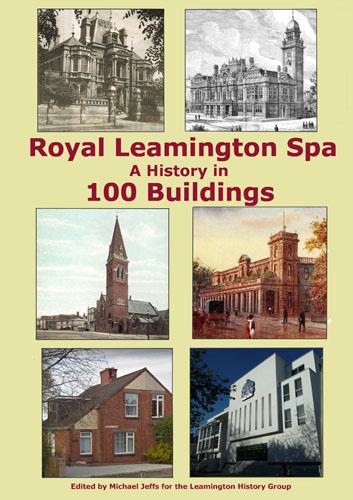 the Parish Church: launch of “Royal Leamington Spa, a History in 100 Buildings”, all day.
the Parish Church: launch of “Royal Leamington Spa, a History in 100 Buildings”, all day.